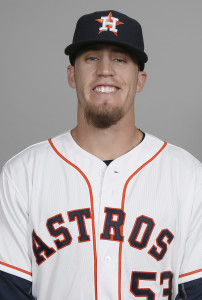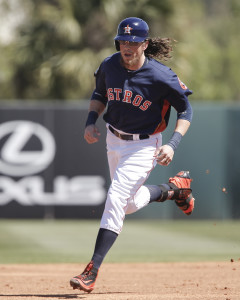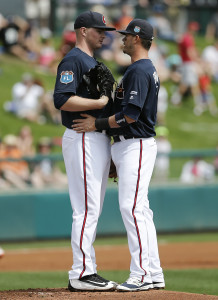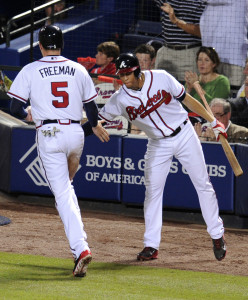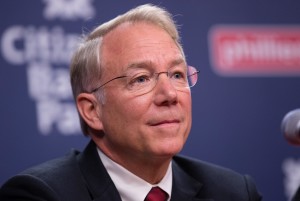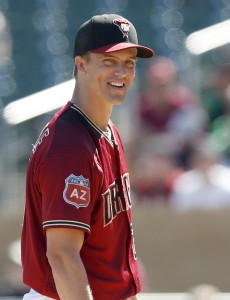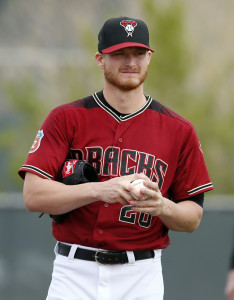Before signing Justin Upton, the Tigers were also in on free agent outfielder Yoenis Cespedes, as Jon Heyman of CBSSports.com tweets. Detroit was open to a reunion with the slugger, but they liked Upton “slightly more.” The Tigers offered Cespedes a four-year deal, but had the Upton agreement not come together, they could have potentially gone to five years, Heyman says.
Why did they prefer Upton to Cespedes? Well, in part (link), the Tigers loved Upton’s consistent demeanor and his personality. Upton also came with the endorsement of Alan Trammell and Kirk Gibson. When all was said and done, Upton agreed to a six-year, $132.75MM deal with Detroit and Cespedes stayed with the Mets on a three-year deal that will allow him to opt out after year one.
Here’s more from the AL Central:
- Some Indians fans have been critical of the team’s decision to sign Mike Napoli, Rajai Davis, Juan Uribe, and Marlon Byrd (minor league deal) to one-year pacts rather than make one high-priced free agent splash this winter. Terry Pluto of The Plain Dealer explained the Tribe’s thinking a little bit while pointing out the pitfalls of pricey multi-year deals, like the ones given to Nick Swisher and Michael Bourn. The Indians wound up committing ~$104MM to both players and recently they had to trade both veterans to try and unload a portion of that money.
- Carlos Quentin has a June 1st opt-out in his deal with the Twins, assistant GM Rob Antony tells Mike Berardino of the Pioneer Press (on Twitter). However, there’s also a “gentleman’s agreement” to cut him loose prior to that date if the team does not have big league plans for him. Quentin appeared destined for retirement before he had a change of heart during the offseason.
- Ryan Sweeney has a straight minor-league deal with no opt-out clause or right to demand his release, Antony tells Berardino (on Twitter). Sweeney sat out the 2015 season in an effort to allow his body to heal from multiple ailments. While he was out of the game, the veteran collected on the $2MM still owed to him by the Cubs.
- Outfielder Darin Mastroianni also has a straight minor-league deal with the Twins, according to Berardino (Twitter link). The assistant GM says that the 30-year-old (31 in August) didn’t even ask the club for an opt-out due to his comfort with team brass. Mastroianni signed on with Minnesota in December.

